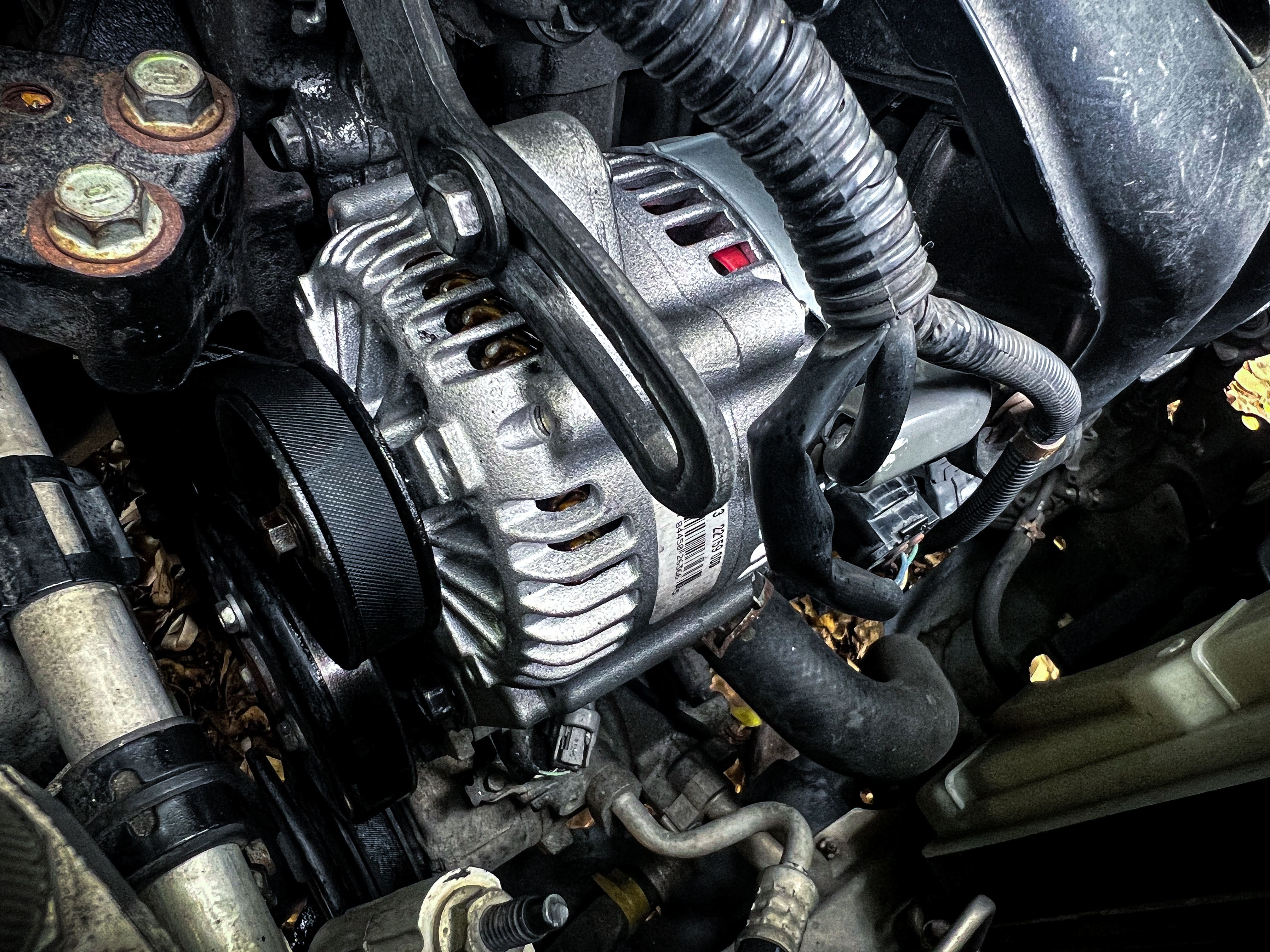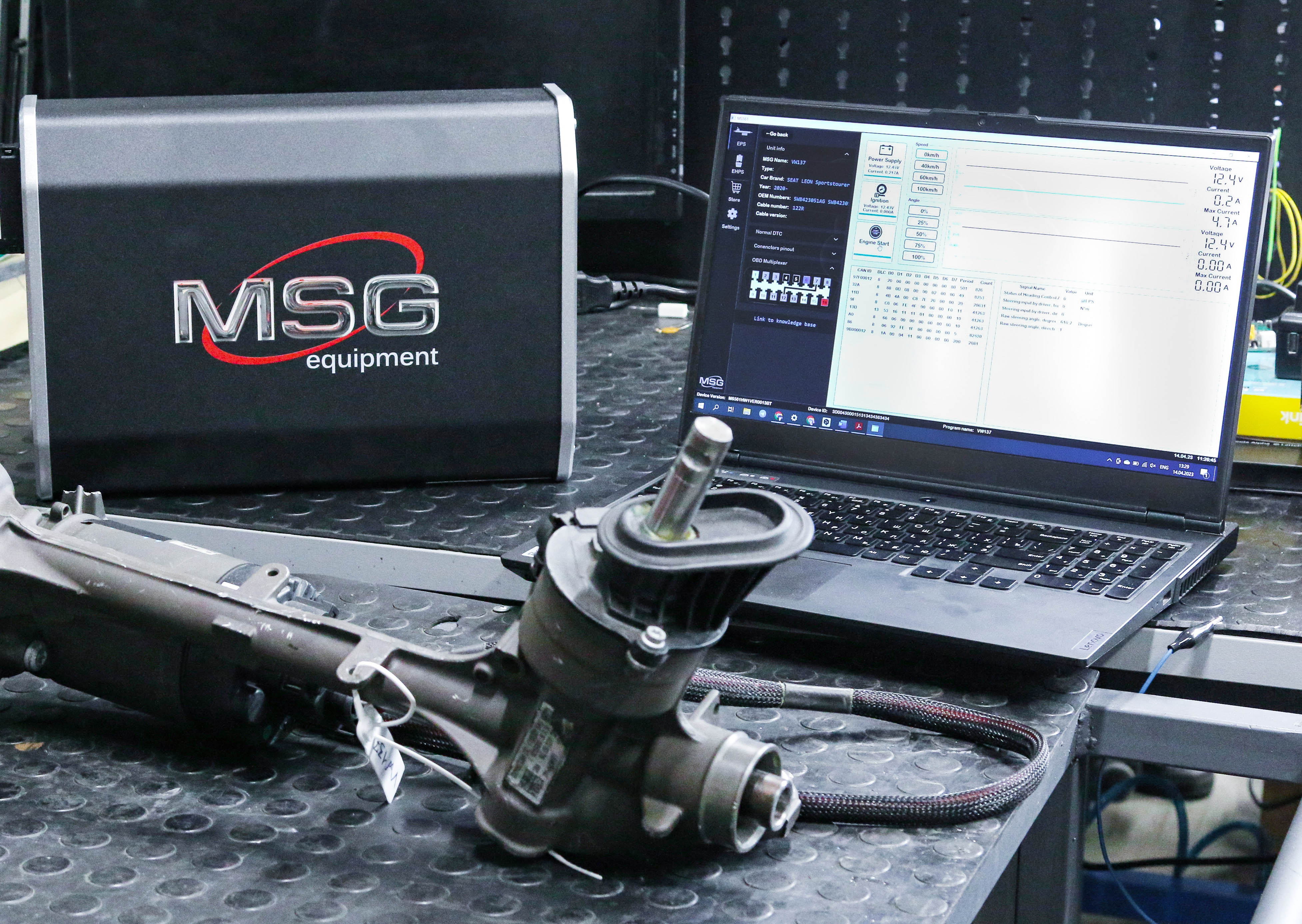5 Common Car Diagnostics for Electrical Issues
Car diagnostics for electrical issues include testing the battery, checking the alternator, inspecting fuses, examining wiring, and scanning for error codes. These steps are crucial for pinpointing and resolving electrical problems in your vehicle.
When it comes to ensuring the optimal performance of your car, detecting and addressing electrical issues promptly is essential. By following these common car diagnostics, you can identify potential problems early on and prevent more severe issues from arising. Let’s delve deeper into each diagnostic method to understand how they contribute to maintaining your car’s electrical system in top condition.

Credit: www.facebook.com
Understanding Car Electrical Diagnostics
Car electrical issues can be frustrating and inconvenient, but understanding how to diagnose them can save you time and money. Car diagnostics for electrical issues involve checking various components of your car’s electrical system to identify any problems.
Here are five common car diagnostics for electrical issues that can help you troubleshoot and resolve any problems you may encounter:
The first step in diagnosing electrical issues is to check the condition of your car’s battery. A weak or faulty battery can cause various electrical problems, such as dim lights, difficulty starting the engine, or a dead battery. To check the battery, you can use a digital multimeter to measure its voltage. A healthy battery should have a voltage reading of around 12.6 volts. If the voltage is significantly lower, it may indicate a weak battery that needs to be replaced.
The alternator plays a crucial role in charging the battery and powering the electrical components of your car while the engine is running. If you’re experiencing electrical issues, it’s essential to inspect the alternator for any problems. You can start by checking the belt that drives the alternator for looseness or wear. A loose or worn-out belt can cause the alternator to not function properly. Additionally, you can use a voltmeter to test the alternator’s output. A healthy alternator should produce a voltage reading of around 13.5 to 14.5 volts. Anything lower may indicate a malfunctioning alternator that needs to be repaired or replaced.
Fuses and relays protect your car’s electrical system from overloading or short circuits. If you’re experiencing electrical problems, it’s important to examine the fuses and relays as they may be the culprit. You can visually inspect the fuses for any signs of damage or blown fuse, such as a broken filament or blackened appearance. If a fuse is blown, replacing it with a new one of the same amperage rating can resolve the issue. Relays, on the other hand, cannot be visually inspected and may require specialized tools to test their functionality.
Faulty or loose wiring connections can cause intermittent electrical issues or complete system failure. It’s crucial to check the wiring connections, especially in areas where the wires are exposed or prone to damage, such as the battery terminals, fuse box, or engine bay. Visually inspecting the wiring for any signs of fraying, corrosion, or loose connections can help identify potential issues. If you find any damaged or loose wiring, it’s necessary to repair or replace them accordingly.
If all the previous diagnostic steps haven’t identified the problem, it may be necessary to diagnose specific electrical components. This can include testing the functionality of the starter motor, ignition switch, power windows, or any other electrical component related to the issue. Using specialized automotive electrical testing tools can help pinpoint the faulty component, allowing you to repair or replace it and resolve your car’s electrical problems.
Performing these car diagnostics for electrical issues can provide valuable insights into the root cause of your car’s electrical problems. Whether it’s a simple battery replacement or a complex wiring issue, understanding these diagnostics can help you make informed decisions and get your car back to optimal working condition.

Credit: shop.advanceautoparts.com
Common Electrical Issues
Get to the bottom of your car’s electrical issues with these 5 common diagnostics. From faulty wiring to malfunctioning alternators, learn how to identify and troubleshoot these everyday car problems. Keep your vehicle running smoothly and avoid expensive repairs with these practical tips.
Identifying Wiring Problems
One of the common electrical issues in cars is identifying wiring problems. This involves checking for damaged, frayed, or corroded wires.
Diagnosing Fuse Issues
Another common electrical issue is diagnosing fuse problems. This includes inspecting and replacing blown fuses to ensure proper electrical functionality.
Common Electrical Issues in vehicles can result in various problems from malfunctioning lights to issues with the engine’s electrical components.
Identifying Wiring Problems
- Check for frayed or damaged wires.
- Look for signs of corrosion on the wires.
- Ensure proper connections and insulation.
Diagnosing Fuse Issues
- Inspect fuse box for blown fuses.
- Replace blown fuses with correct amperage rating.
- Test electrical systems after replacing fuses.
Diagnostic Tools For Electrical Problems
When dealing with car electrical issues, having the right diagnostic tools is crucial to pinpoint the problem accurately. There are various tools available that can help in diagnosing and troubleshooting electrical issues in vehicles. Let’s dive into the Diagnostic Tools for Electrical Problems:
Multimeter Usage
A multimeter is essential for measuring voltage, current, and resistance in electrical circuits.
Obd-ii Scanner
An OBD-II scanner is used to access the onboard computer system of the vehicle to retrieve error codes and diagnostic information.

Credit: servicems.eu
Steps For Performing Electrical Diagnostics
When it comes to car problems, electrical issues can be particularly frustrating. From a dead battery to malfunctioning lights, electrical problems can seriously impact the performance and safety of your vehicle. Fortunately, with the right steps for performing electrical diagnostics, you can identify and fix these issues before they become major headaches. In this article, we will discuss the five common car diagnostics for electrical issues, focusing on the subheading: Steps for Performing Electrical Diagnostics.
Visual Inspection
A visual inspection is the first step to diagnose electrical issues in your car. By checking for any visible signs of damage or wear, you can identify any potential culprits. Here’s what you need to do:
- Inspect all wires and connections for fraying, corrosion, or loose fittings. Tighten or replace as needed.
- Check the battery terminals for any signs of corrosion or loose connections. Clean and tighten if necessary.
- Examine the fuse box for blown fuses. Replace any blown fuses with the appropriate rating.
Testing Electrical Components
Once you have completed the visual inspection, the next step is to test the electrical components in your car. This will help you identify any faulty parts that may be causing the issue. Here’s how you can do it:
- Testing the battery: Use a multi-meter to check the voltage of the battery. If it reads below 12.4 volts, it may need to be recharged or replaced.
- Testing the alternator: Start your car and connect the multi-meter to the battery terminals. A reading of 13.5-14.5 volts indicates that the alternator is functioning properly.
- Testing the starter: Check for continuity between the starter solenoid and the battery terminal with the multi-meter. If there is no continuity, the starter may need to be replaced.
- Testing the fuses and relays: Use a multi-meter to check the continuity of each fuse and relay in the fuse box. Replace any faulty ones.
- Testing the switches and sensors: Use the multi-meter to check the continuity of switches and sensors throughout the electrical system. Replace any faulty components.
By following these steps for performing electrical diagnostics, you can effectively troubleshoot and fix common electrical issues in your car. However, if you are not confident in your abilities, it is always recommended to seek professional help to avoid causing further damage. Remember, regular maintenance and timely repairs can keep your car in top condition and ensure a smooth driving experience.
Professional Help And Further Actions
When it comes to diagnosing and resolving electrical issues in your car, seeking professional help and taking further actions is crucial. Here are some key steps to consider when dealing with car diagnostics for electrical problems.
Seeking Professional Assistance
When you encounter electrical issues in your vehicle, it’s important to seek the expertise of a professional mechanic or auto technician. They have the knowledge and tools to accurately diagnose and repair electrical faults in your car. Be sure to consult with a certified professional to ensure the safety and functionality of your vehicle.
Repairing Or Replacing Components
If the diagnostic process identifies specific electrical components as the source of the problem, such as a malfunctioning alternator or a faulty wiring harness, repairing or replacing these components is essential. Professional mechanics are equipped to handle component repairs and replacements effectively, ensuring that your car’s electrical system functions optimally.
Frequently Asked Questions Of 5 Common Car Diagnostics For Electrical Issues
What Is The Most Common Electrical Problem In A Car?
The most common electrical problem in a car is a dead or weak battery.
What Are The 5 Parts Of The Automotive Electrical System?
The 5 parts of the automotive electrical system are battery, alternator, starter motor, spark plugs, and ignition coil.
How Do You Diagnose An Electrical Problem In A Car?
Diagnose an electrical car problem by checking fuses, wires, and connectors for damage. Use a multimeter to test components.
What Types Of Problem Can Occur In An Electrical Circuit In A Car?
Electrical circuit problems in a car can include blown fuses, faulty wiring, malfunctioning switches, dead batteries, and damaged alternators.
Conclusion
Diagnosing electrical issues in your car is essential for ensuring its optimal performance. By understanding the common signs and utilizing diagnostic tools such as a multimeter, scanner, circuit tester, and voltage drop test, you can effectively identify and rectify any electrical problems.
Remember to pay attention to warning signs like dim lights, flickering gauges, and random electrical failures. Regular maintenance and timely repair will not only keep your car safe but also save you from expensive repairs in the long run.

